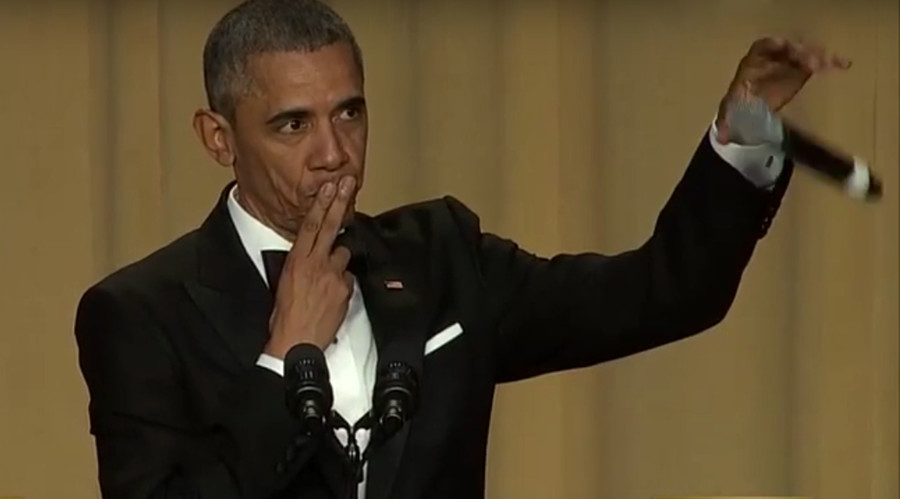When most presenters step from the stage their main feeling is relief, relief at having finished, relief at having survived, relief at having not failed. The real question though about the presentation should be, was that any good? Determining how good a presentation actually was is more complex than one might imagine. How does one determine if a presentation was any good?
The most obvious answer is audience feedback. This may be immediate or delayed. Immediate feedback is difficult to interpret. During a presentation inexperienced presenters can be put off by their own perception of the response from the audience. “Resting face” is however not a good assessment of quality in a presentation. Nor is the cliched introduction to a question asked from the floor, “Thank you for your presentation, I enjoyed it very much.” Unfortunately the same epiphet will be used for every single presentation given that day, not all presentations were that good.
How good a presentation really was is usually almost totally unrelated to how the presenter feels the presenter the presentation went. Immediate self reflection usually includes assessment of the delivered presentation versus previous rehearsal (you did practise didn’t you??), This is not of value as the audience receive only the delivered presentation and have nothing against which to compare so even a presentation that fails to meet the expectation of the presenter may in fact have met the needs and expectations of the audience. Importantly the p cubed value of a presentation is that assigned by the audience.
Formal feedback on the quality of presentations is notoriously poor, late and usually affected by multiple factors rendering it a blunt tool for the presenter seeking to use it to improve. A single audience member may share unfiltered opinion that dramatically affects the presenter, feedback may itself be very poorly quantified and non specific, effective feedback is hard to offer and actually one may even question the value of such diverse and disorganised feedback as to whether a presentation was any good.
The best assessment of a presentation comes from a combination of self reflection at a distance from the delivery itself and a trusted, forewarned audience member who has a specific question to answer. The purpose of feedback is for the presenter to reflect on their presentation overall and to improve for the next presentation. The structure of that reflection might be best as a review of the three parts of a presentation aiming not to deconstruct but for future development. Minute breakdown of a presentation is seldom valuable as the same will never be given again; even the same topic revisited will be for a different audience in a different place at a different time and therefore different.
The answer then to the question, “was that any good?” can be viewed as the product (p cubed value) of the message (p1), the media (p2) and the delivery (p3). Actual numbers are of value only to qualify those answers rather than quantify and compare presentations across time. A presenter should be able to assess whether the message they intended to deliver was received by the audience, did the media work to support that message effectively and was the delivery appropriate? Some influence on that discussion should be derived from interaction with the audience after the presentation. Beyond polite comment one can understand if the message has been received and valued. A few trusted and forewarned audience members can help a presenter to reflect more specifically. This is best done by asking particular questions about facets of the presentation and deciding was that any good?
Presentations are complex. Assessing whether a presentation was any good is only of value in making the next presentation better. Reflect on improving a message, increasing the support the media gives to a message without adding distraction and the ease and nature of delivery. It is not perfection that should be sought but improvement as the audience will only receive the presentation once and their comment will be, “How good was that!””
